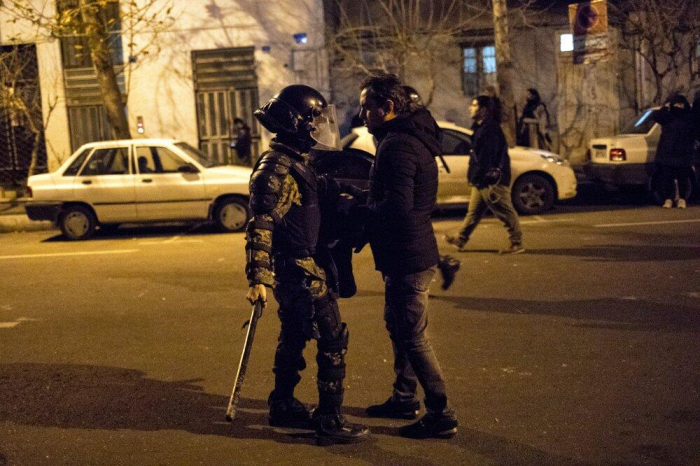Videos posted on social media from inside Iran showed protesters chanting, "Fear not, fear not, we are in this together". Some protesters chanted slogans against top officials.
Videos posted on Twitter showed a heavy presence of security forces in several cities, including Tehran and Isfahan.
Witnesses in Behbahan said there had been several arrests in the city, which is in Iran's oil-rich Khuzestan province.
The videos on social media and arrest reports could not be verified by Reuters.
Internet blockage observatory NetBlocks wrote on Twitter that it had seen some internet restrictions in place in Khuzestan province late on July 16.
Iran's clerical rulers have tried to prevent a revival of anti-government protests that took place last November, when over 1,000 of people are believed to have been killed in the deadliest street violence since Iran's 1979 Islamic revolution.
Iran's interior ministry said in May that the number of those killed was 225, including security forces.
"People are angry. The economy is so bad that we cannot survive," said an Iranian man by phone from Tehran on July 16, who asked not to be named due to security concerns.
Last year's unrest began with protests over economic hardship but turned political, with demonstrators demanding top officials step down.
Iran's economy, hard hit by U.S. sanctions that have choked off its oil exports, has since further deteriorated as a result of the coronavirus crisis in past months.
Iran's judiciary announced on July 14 that the death sentences of three men involved in last year's anti-government unrest had been upheld, sparking a surge of online protests against their sentences.
Some people on social media called on people to stage demonstrations across the country on July 17 to protest the death penalty for the three men.
Iran's Tasnim news agency said the security forces had arrested "key elements of opposition groups... who were encouraging people to protest on July 17 in the northeastern Khorasan Razavi province".
More about: Iran
















































